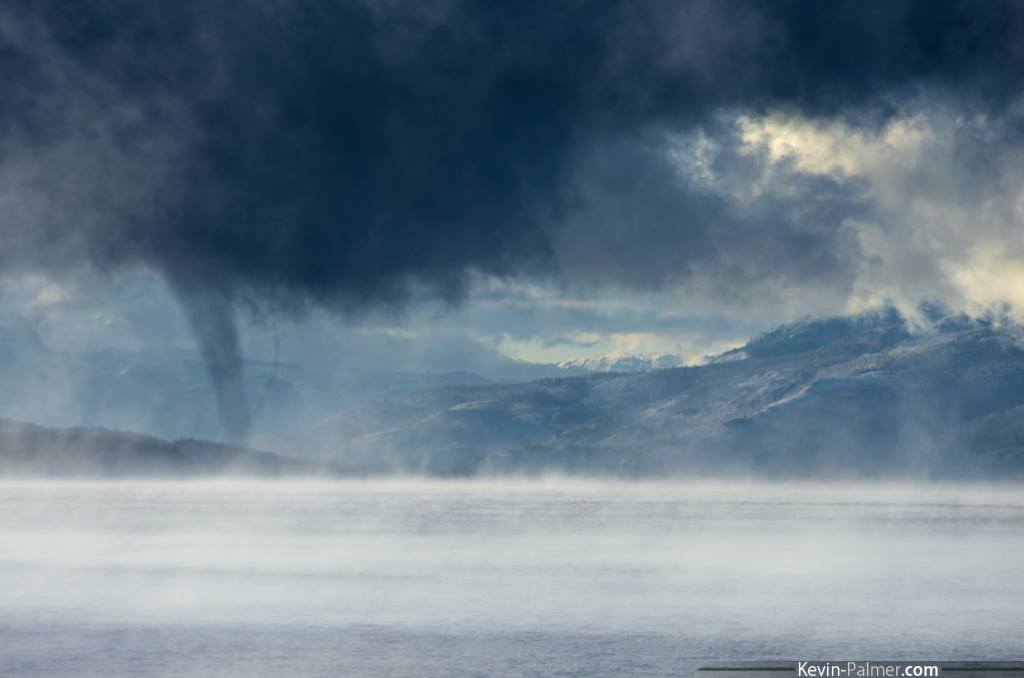These exist and are fascinating. Hope it's okay to play devil's advocate on the 1815 "whirlwind."
That's how the Rajah of Sanggar described the destruction of his realm, but there was no other word for such phenomena back then. (Thirty thousand people died on Martinique
in 1902 before Alfred Lecroix recognized these long-distance volcanic killers:
nuees ardentes, he called pyroclastic flows, which travel almost friction-free on hot gases. They can cause tornado-like destruction and trauma with their high-speed winds and debris, in addition to all the heat- and gas-related deadliness. Weird things happen in these clouds: on Martinique, for example, after the first surge went through the city of St. Pierre, two people were found sitting at their breakfast table, dressed, unburnt, and dead. Elsewhere in the ruined town there were unbroken glasses found next to twisted, seared metal -- that sort of tornado-like effect, but not from an event that was primarily a vortex. Am getting this info on effects from the Zebrowski reference at the above link, by the way.)
Maybe pyroclastic flows -- the big ones, anyway -- contain some vortices? Wish THAT could be filmed safely.
At Tambora in 1815, there was a lot more going on with the volcano at that point, which isn't the case with the videos above, even the first one, which is at Sinabung, on northern Sumatra, where I think vortices were first filmed. It's an explosive volcano, but usually does exactly what it's doing in that video (and right now, too): oozing out sticky lava at the summit. Parts of the dome frequently collapse, causing a pyroclastic flow.
Those vortices formed on the hot flow field. The ones at Kilauea formed above a lava lake that had fountaining going on. So, in each case, there's a hot basal surface and -- just thinking on my feet here -- also there's movement of solid material through the air that may help trigger column rotation.
At Tambora in 1815, on the other hand, the unfortunate rajah was watching the climactic phase of a VEI 7 eruption. Per
this source the whirlwind sounds more like what they now call a pyroclastic surge, which happens as the gassy force propelling the eruptive column upwards loses pressure.
They just didn't have terms for such an extreme event back then, though they did have cyclones and tornadoes (Indonesia gets tornadoes, right?).
FWIW, Clive Oppenheimer describes the 1815 whirlwind as pyroclastic flow in his book on eruptions that "shook the world."
Other historic reports might be worth checking, though, particularly Vesuvius. It has had many violent eruptions (not just Pompeii), and there were several scientific observers around for the show in 1906 and afterwards.











